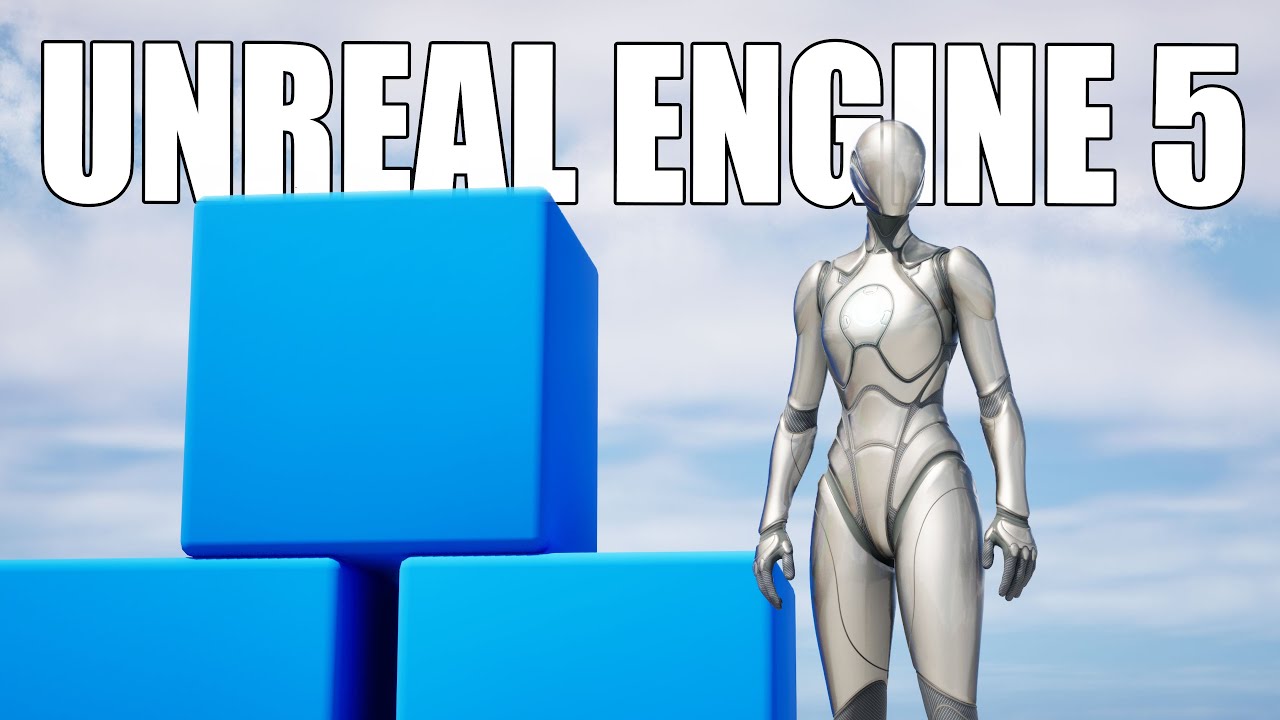The video demonstrates how an AI assistant can be integrated with Unreal Engine 5 to generate C++ code for game development, showcasing its ability to create customizable room and procedural maze generators. The presenter emphasizes the potential of AI to enhance game development efficiency and invites viewers to subscribe for future insights into evolving AI capabilities in this space.
In the video, the presenter discusses the integration of an AI assistant with Unreal Engine 5, specifically using a C++ project. The goal is to demonstrate how game developers can leverage AI to add new features to their games quickly and efficiently. The presenter emphasizes the potential of AI in game development, suggesting that it can provide a significant advantage to developers who utilize it effectively. They encourage viewers to subscribe for future insights into the evolving capabilities of AI in this space.
The video showcases the use of a generic AI model that has been trained on existing Unreal Engine C++ code. While the AI’s capabilities are currently limited, it can still generate basic features and modify code autonomously. The presenter notes that the AI does not have direct access to the Unreal Engine editor, which restricts its ability to place assets directly in the game environment. However, it can create C++ classes that facilitate level generation, demonstrating a workaround for its limitations.
The first practical demonstration involves the AI generating a C++ class for room generation. The presenter tasks the AI with creating a class that allows for customizable room dimensions and features. After a brief wait, the AI successfully generates the class, which includes configurable parameters that can be adjusted within the Unreal Engine editor. This showcases the AI’s ability to produce functional code that integrates seamlessly with the Unreal Engine environment.
Next, the presenter enhances the complexity of the project by asking the AI to create a procedural maze generator using assets from a free asset pack. The AI generates a maze with textures and materials, demonstrating a significant improvement over the initial room generation. The presenter highlights the potential for further enhancements, such as adding ceilings, lights, and additional complexity to the generated levels, showcasing the iterative nature of working with AI in game development.
Finally, the presenter reflects on the future of AI in Unreal Engine development, suggesting that as AI models become more specialized and integrated into the Unreal Engine ecosystem, their capabilities will expand dramatically. They hint at upcoming videos that will explore new AI tools and features, including blueprint-based AI editors currently in closed beta. The presenter concludes by inviting viewers to engage with the content and consider the transformative potential of AI in game development, encouraging them to subscribe for more updates and insights.
